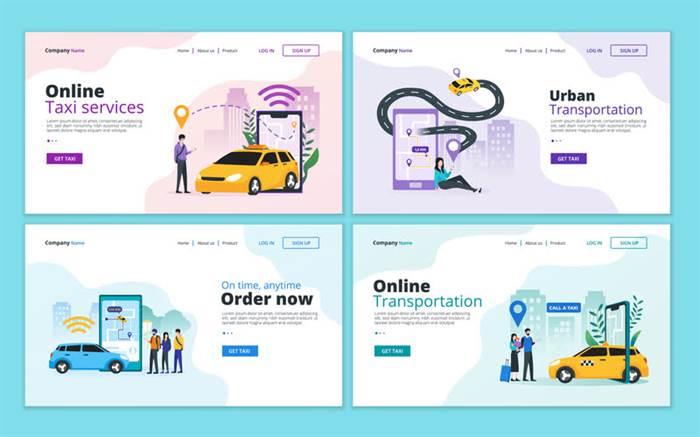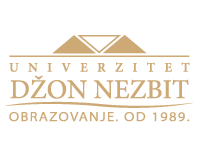Whether in-person, over email or on video chat, finding ways to work together more effectively is vital for effective teams. Encouraging team members to play and have fun is an often overlooked aspect of building better teams. Play is an inherently human activity, and by doing this as a team, we can start to see ourselves as more than just a group of people who work together. Bringing team members out of their shells and loosening them up with a funny game can also help prevent existing hierarchies or team structures from affecting the team building session. The Four Quadrants is a tried and true team building activity to break the ice with a group or team. Sometimes pictures are better than words when it comes to helping a team get to know one another.

At the end of the day, as a facilitator, you are helping a group achieve the common and agreed-upon objectives they want. So, if there are any changes in the desired outcomes, they should be agreed upon by the group. Having an extra person as a sounding board allows you to check in with one another, see if you have noticed similar patterns and needs, and ideate changes together.
Facilitation skills and team-building activities
Facilitation skills can boost career growth by enabling individuals to take on leadership roles, lead successful projects, and drive positive change within their organizations. These skills enable individuals to effectively lead meetings, manage group dynamics, and facilitate productive discussions. Understanding and effectively managing team dynamics is critical team facilitation for Scrum teams to function optimally. Agile teams often comprise individuals with diverse skills and perspectives, which, while being a strength, can also lead to conflicts or miscommunication. A skilled Scrum facilitator navigates these dynamics, promotes healthy communication, resolves disputes, and ensures that each member’s contributions are valued.

Maybe it’s the person who always speaks or maybe it’s the person who never speaks. Self-awareness also means knowing that managers are expected to lead, make decisions and practice a certain degree of authority in any team situation. Take a moment to acknowledge your position in any group and adjust accordingly.
meeting facilitation techniques to improve your skills
Moreover, starting on time shows that the facilitator is organized and prepared, creating a positive impression and establishing credibility. By prioritizing punctuality, a facilitator sets the stage for a productive meeting, fosters a sense of discipline among participants, and maximizes the opportunity to achieve the meeting’s objectives effectively. A facilitator should take into account the diverse perspectives and ensure that the session caters to the specific requirements and interests of the individuals involved. This involves tailoring the agenda, activities, and discussions to create a meaningful and inclusive environment where everyone feels valued and engaged.
- More information on facilitation can be found in the Talent Development Body of Knowledge.
- You can do this by volunteering to facilitate meetings, workshops, or events for your team or organization.
- Getting to know people is easier for some members of a group than it is for others.
- Understand the desired objectives for the meeting and design your facilitation process to accomplish these objectives.
- If you think something is too challenging for the group, find a way to say so with integrity.
- The GROW model is a simple and widely used model for coaching and mentoring individuals or teams.
Snowball is a great activity for getting people out of their seats and moving around while also breaking the ice. Injecting fun and laughter into your team building event is effective on many levels. We often recommend starting a session with one of these activities, as they can help set a more relaxed and personable tone in an instant. Sharing personal experiences and enlarging the social aspects of the group with presentations not only allows everyone to get to know each other but also encourages team development skills too. For this team building method, ask each participant to prepare a presentation including three things that have shaped who they are as a person. Starting the team building process can be difficult, especially if you’re working with a new team who don’t yet know each other well.
Uncovering the Essentials of Skilled Facilitation for Agile Teams
The GROW model is flexible and adaptable, and it can be applied to various situations and challenges. However, it may not be sufficient for more complex or ambiguous problems that require deeper analysis and creativity. A facilitator should be able to “walk a mile in another’s shoes” to understand the learners’ or team members’ feelings.
While a large part of your role involves speaking to your staff and relaying information, being an effective manager means listening to your teammates and truly understanding their concerns and needs. Trust that the group knows the solution to their problem and just need help finding it. By being didactic and going in heavy-handedly, you might miss out on the insight and ability of your group to resolve these issues. Trust your team and help them find their way to the solution if applicable – it’s less work for you as a manager and helps your team take ownership over the outcome.
The benefits of external facilitation
All members of the group diagnose current relationship patterns and decide how to follow up with action steps together, without intermediaries. The STAR compass tool helps group members understand what makes their relationships more or less generative. The compass used in the initial diagnosis can also be used later to evaluate progress in developing relationships that are more generative. A great and simple activity for fostering teamwork and problem solving with no setup beforehand.

The result is well worth having – successful outcomes steered in the right direction by a more cohesive group. Effective facilitation skills can influence the success of your Scrum implementation dramatically. Facilitation ensures that all team members actively participate, that their voices are heard, and that they collectively work toward shared objectives. Improving your meeting facilitation techniques brings the sweet satisfaction of helping people engage with the content and each other, all while moving work forward.
Practice, practice, practice
In some cases, team members who have been working on projects are unsure unless their work can help them understand their work. Show the staff you understand how they feel and help them progress as they progress. Take care to listen to your colleague’s voice and keep an active listener to everybody in your thoughts.
Whether this takes the form of a workshop or meeting, you’ll want a balance of activities, ice breakers and reflective methods in order to help your group align and grow together. This is an essential process designed to help teams define their purpose (why they exist) and their culture (how they work together to achieve that purpose). With support of tangible examples from other companies, the team members work as individuals and a group to codify the way they work together. The goal is a visual manifestation of both the purpose and culture that can be put up in the team’s work space. All groups need to go through a period of reflection and self-assessment in order to grow. But without structure or a guiding framework, these discussions can become bogged down or unproductive.
Share with your network
As a team facilitator, you need to choose a model that suits the needs and preferences of your team, as well as the nature and complexity of the task. In this article, we will compare and contrast some of the most common team facilitation models, and how they differ in terms of structure, roles, tools, and outcomes. Developing your own style and identity as a facilitator is the fifth step to mastering agile team facilitation. Style and identity are what make you unique, and they include your personality, values, beliefs, passions, and aspirations.

